What is Minoxidil? How Does Minoxidil Work for Hair Growth?
Evidence Based
All the information in this blog post is accurate, trustworthy, scientifically based and has been written and fact-checked by our experts and doctors.
Our licensed nutritionists and dietitians are committed to being objective, unbiased and honest, presenting all sides of the argument.
This article includes scientific references in brackets, which are clickable links to research papers from reputable academic organizations.

Are you tired of dealing with hair loss and constantly searching for a solution that works ? Don’t worry, - you are not alone in facing this issue. According to the American Hair Association, 66% of men will start thinning their hair by the age of 35, and 85% of men will have noticeably thinner hair by the age of 50. 25% of individuals with male pattern baldness will see hair loss or thinning before they turn 21.(1)
Minoxidil is an FDA-approved medication for Androgenetic Alopecia ( Male Pattern Hair Loss).
Let's explore in this blog- what minoxidil is and how it works on thin hair or male pattern baldness.
What is Minoxidil:
Minoxidil is a medication that functions as a vasodilator, meaning it dilates blood vessels. Initially developed as an oral antihypertensive (blood pressure-lowering) medication, it was discovered that a common side effect of minoxidil is hypertrichosis, which refers to excessive hair growth. This revelation prompted the development of a topical (applied to the skin) treatment for individuals experiencing hair loss, both men and women. (2)
Minoxidil applied topically, is used for the treatment of hair loss. It is effective in helping promote hair growth in people with androgenic alopecia regardless of gender. Minoxidil must be used indefinitely for the continued support of existing hair follicles and the maintenance of any experienced hair regrowth.
Types of Minoxidil and Their Applications:
Minoxidil is available in two forms, each serving different purposes:
1. Oral Minoxidil:
Oral minoxidil is taken in the form of tablets or capsules. Designed initially as an antihypertensive medication, it was repurposed for hair loss treatment due to its side effect of hypertrichosis. A healthcare professional should determine the dosage and duration of oral minoxidil treatment, as it carries potential side effects and requires blood pressure monitoring and other factors.
2. Topical Minoxidil:
Topical minoxidil is directly applied to the scalp using solutions, foams, or sprays. It is the most commonly used form of minoxidil for treating hair loss. Unlike oral minoxidil, topical minoxidil was specifically developed to address hair loss and promote hair regrowth. It accomplishes this by revitalizing hair follicles, increasing blood flow to the scalp, and prolonging the growth phase of the hair cycle.
Topical minoxidil comes in different strengths, with 2%,3%, 5%, and 10% concentrations being the most prevalent. 5% is the commonly used product.
A) Regular Strength Minoxidil (2% and 3% Concentration):
- Regular strength minoxidil liquid solution typically contains a 2% and 3% concentration of minoxidil.
- It is commonly recommended for women experiencing hair loss or thinning.
- The 2% and 3% concentration is considered suitable for promoting hair growth in women.
B) Extra Strength Minoxidil (5% and 10%Concentration):
- Additional strength minoxidil liquid solution contains a higher concentration of minoxidil, typically around 5% and 10%.
- This higher concentration is specifically formulated for men with androgenetic alopecia or male pattern baldness.
- The 5% concentration is aimed at providing enhanced effectiveness in combating hair loss in men.
- In the liquid solution, there are two types: alcohol-based and water-based.
In another study compared the effects of minoxidil 5% with minoxidil 2% in men with male pattern baldness.(3) The researchers found that both dosages of minoxidil were well-tolerated, but the stronger 5% solution was more effective at promoting satisfactory hair regrowth.
We at ForMen have made it our goal to assist people by giving accurate scientific information & assist in finding the most effective treatment for your particular hair concerns, including hair loss.
If you are looking for a solution for hair loss, consider trying ForMen's 5% topical minoxidil solution to cover any areas of thinning hair or scalp show-through.
A Highly Recommended Minoxidil Treatment: ForMen Minoxidil topical solution 5%
ForMen Minoxidil topical solution 5% stands out as one of the best hair growth products. It has undergone extensive research and comes in a gentle water-based formula. Visible results typically manifest within 5-6 months of regular usage. It is essential to continue your regular dosage schedule and avoid applying double amounts to compensate for a missed dose.
How to Apply Minoxidil 5% Solution?
To apply the solution, follow these steps:
Step 1: Apply 1ml of minoxidil solution to the entire scalp and spread it evenly using your fingertips. Gently massage it to ensure proper distribution.
Step 2: Since the solution is non-greasy, leave it overnight and wash your hair as you normally would, 2-3 times a week, using a gentle paraben and sulfate-free shampoo from ForMen.
Do not share the same bottle of medicine with another person, even if they have the same symptoms you have.
Store minoxidil at room temperature away from moisture and heat.
How Long Does Minoxidil Take to Work?
When applied topically, minoxidil acts on the potassium channels of hair follicles, stimulating microcirculation around them. This improves blood flow, oxygenation, and nutrient supply to the follicles, resulting in new hair growth.
Minoxidil works by promoting hair growth and is thought to have several mechanisms of action.
Here's an explanation of the stages and differences that can occur during the usage of minoxidil:
- Initial Stage: When you start using minoxidil, there may not be noticeable changes in hair growth immediately. The drug must have time to absorb into the scalp and start working. During this stage, the focus is on consistent application and allowing the medication to penetrate the hair follicles.
- Stabilization Stage: Following two to three months of consistent use, you can observe a decline in hair loss. Minoxidil aids in extending the hair follicles' anagen phase of growth and shortening their telogen phase of rest. As a result, hair loss is reduced and existing hair is stabilised.
- Regrowth Stage: As you continue using minoxidil consistently over a period of months, new hair growth may become visible. Minoxidil promotes the growth of thicker and longer hair strands by increasing blood flow to the hair follicles, stimulating hair growth factors, and possibly promoting the dilation of blood vessels in the scalp.
- Maintenance Stage: Once you achieve the desired level of regrowth, the focus shifts to maintaining the results. Consistent use of minoxidil is important to sustain the newly grown hair and prevent further hair loss. Discontinuing the use of minoxidil can lead to the reversal of the regrowth achieved.
After four months, if you still suffer from shedding, minoxidil might not be the ideal solution for you, or another factor could be to blame. Talk to your healthcare provider about alternative treatments.
Side Effects of Minoxidil:
When using minoxidil ( especially alcohol based) , it is essential to be aware of potential side effects that may occur and seek medical attention if necessary. Some common side effects of topical minoxidil include itchiness, dryness, scaling, flaking, irritation, or scalp burning. If any of these symptoms occur, it is advisable to consult a doctor.
Oral minoxidil, on the other hand, carries more side effects, including sodium and fluid retention, ischemic heart disease, pulmonary hypertension, and congestive heart failure.
Important Caution:
Before mixing minoxidil with other medications or supplements, you must talk to a doctor or pharmacist if you're using any prescription or over-the-counter medications or supplements.
Minoxidil is a proven medication for stimulating hair growth and reducing hair loss. With its vasodilating properties, minoxidil improves blood flow to the scalp, revitalises hair follicles, and extends the growth phase of the hair cycle. Whether you opt for oral or topical minoxidil, it is essential to follow the recommended dosage and seek medical guidance if any side effects arise.
Remember, results take time, and consistency is key. By incorporating minoxidil into your hair care routine and being patient, you can potentially achieve noticeable hair regrowth and regain your confidence.
Frequently asked questions (FAQ’s)
Q) Does Minoxidil Really Work?
A) If you stop using minoxidil on your scalp, you’ll gradually lose any hair that you’ve regrown as a result of the medication. It is safe to use minoxidil over the long term because it has undergone a lot of studies. You can use minoxidil for years to preserve your results if you notice that your hairline looks fuller or that your hair appears thicker after taking it.
Q) How Long Does Minoxidil Take to Work?
A) Minoxidil begins to work in 4–8 weeks, you generally won't notice the full results immediately. Before you notice a noticeable boost in your hair growth, it may take up to 4-6 months of consistent use.
Q) What if Minoxidil Goes into the Eyes?
A) Minoxidil will irritate and burn the eyes and nasal passages. If the medication gets in your eyes, thoroughly rinse them out with cool water. Hair treatments: It is unknown whether hair coloring, perming, or relaxing agents affect this medication.
Q) Is Minoxidil Safe for Long-Term Use?
A) Minoxidil has been approved by the Food and Drug Administration (FDA) for the treatment of hair loss and is generally accepted as safe for long-term use. However, as with any medication, there are some potential side effects and considerations to keep in mind.
Q) Why Minoxidil is not Working?
A) There are three common reasons why minoxidil not working- they are
You are not using consistently: Results from Minoxidil don’t show up overnight. They don’t even show up in the first couple of months of usage. Typically, it takes 6-9 months to see the initial results of a Minoxidil treatment.
- Incorrect application: Not following the recommended dosage and application guidelines may reduce minoxidil's effectiveness.
- Underlying medical issues: Nutrient deficiencies and hormonal imbalances can both cause hair loss and lessen minoxidil's effectiveness.
Q) Will Minoxidil Thicken Hair?
A) Minoxidil can help to thicken hair and improve its overall appearance. But, the extent of hair thickening may vary from person to person. It may take several months of regular use before any noticeable changes in hair thickness.
Also Read the Articles:
- Minoxidil vs Redensyl: Which is Better for Hair Growth?
- How to Use Bhringraj for Hair Growth?
- How to Get Thick Hair for Men?
- 6 Best DHT Blocker Oils and Supplements for Hair Growth
References:
- https://www.americanhairloss.org/index.html
- https://www.ncbi.nlm.nih.gov/books/NBK430924/
- https://pubmed.ncbi.nlm.nih.gov/12196747/
- https://www.ncbi.nlm.nih.gov/books/NBK482378/
- https://www.ncbi.nlm.nih.gov/pmc/articles/PMC6691938/
| *** This Article is Written by Swetha Ramala. |
Disclaimer: The information provided on this page is not a substitute for professional medical advice, diagnosis, or treatment. If you have any questions or concerns about your health, please talk to a healthcare professional.

 Evidence Based
Evidence Based

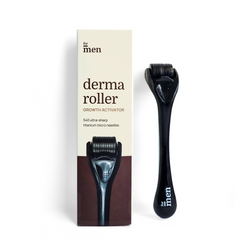
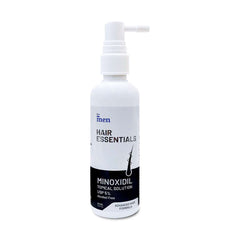
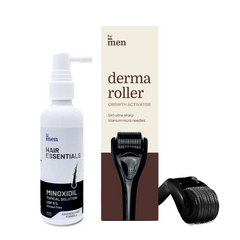
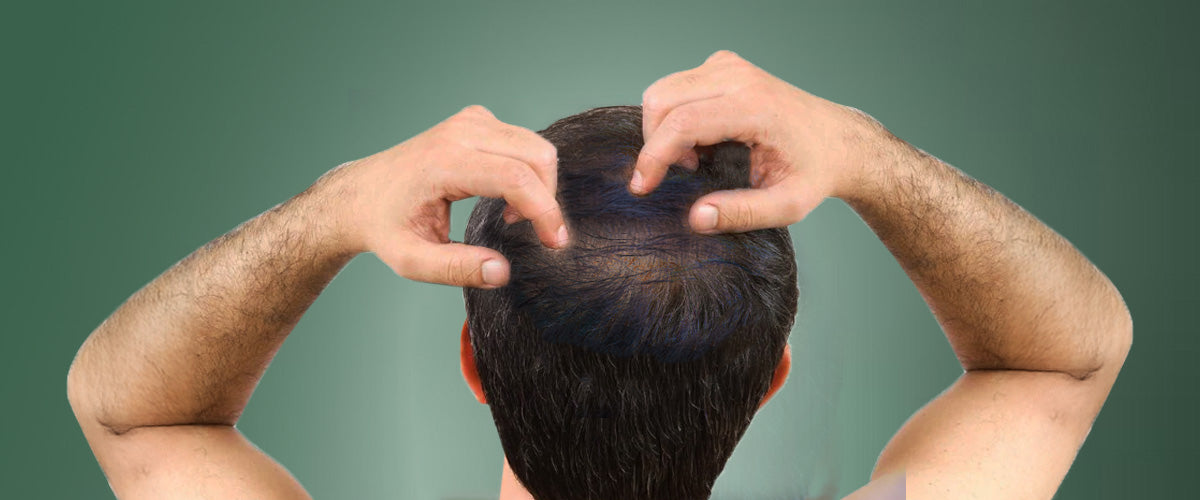
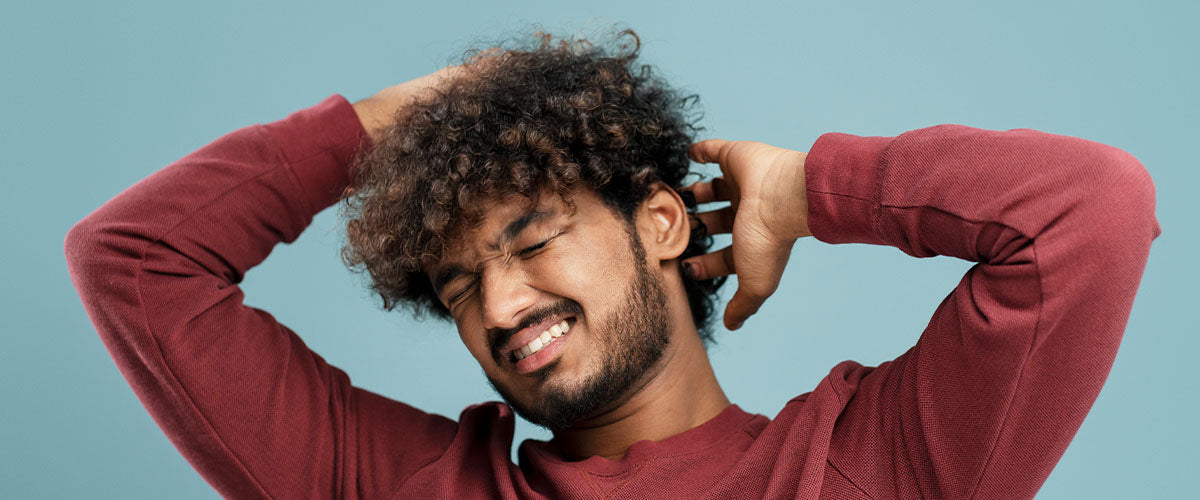
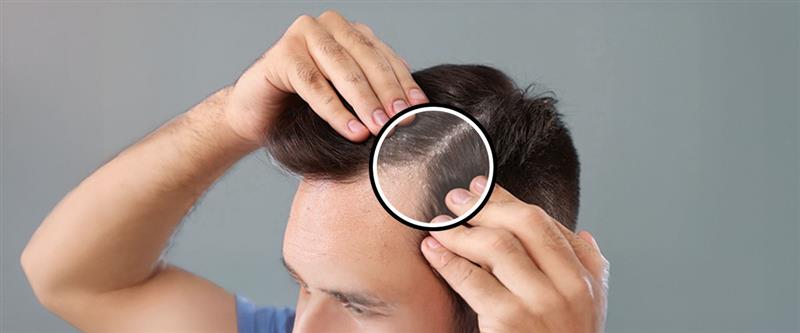
Leave a comment